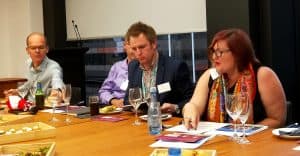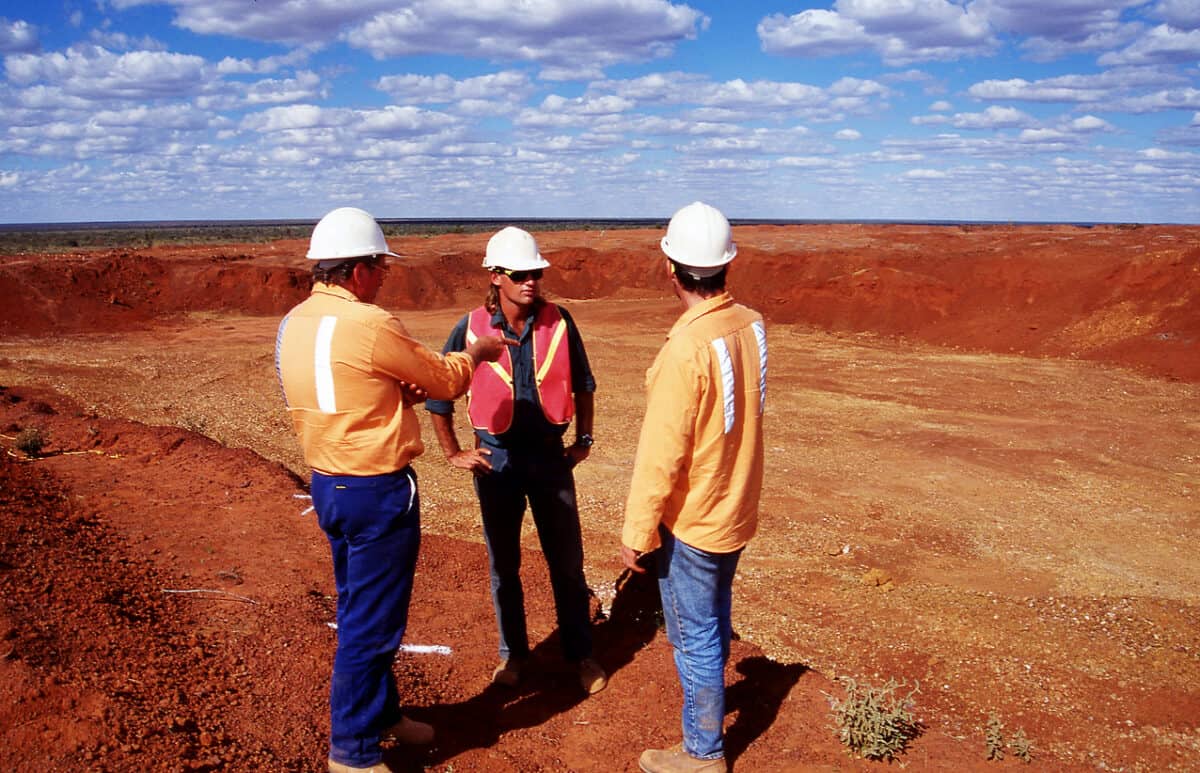One of the most significant takeaways from the 23rd World Congress on Safety and Health at Work is Australia’s relative position of occupational health and safety (OHS) privilege. For instance, in the mining sector, Australian workers are rarely exposed to tuberculosis, HIV, silicosis and chemical exposure to the extent of similar workers in other countries. Instead, Australia has the comparative luxury of focusing on the psychosocial hazards associated with the fly-in, fly-out (FIFO) workforce.
Tag: workplace
A “Fortean” Approach to Safety Management

[This article was originally published in 2008 and it shows. I sound “up myself” and apologise. But the point about open-mindedness in workplace health and safety is as valid as it was 12 years ago]
I established my occupational health and safety (OHS) consultancy on the principal that I am not an expert but a General OHS Practitioner. My skill was to identify workplace hazards that businesses didn’t recognize or didn’t understand. I could also present recommendations in plain English and reports that were stripped of unnecessary technicalities. Occasionally, usually on issues of chemicals, I would contract a colleague of mine who had the required expertise, but my aim was to be a general jack of all trades and expert of none.
This position has probably developed into a business philosophy. One that seems to be supported by the way business and OHS is evolving. Today there is less of a delineation between workplace safety, human resources, industrial relations, organisational behaviour, environment, quality management and social or psychological issues than ever before. Business advisers are trying to break down the silo structure of management but the silo structure of intellectual disciplines continues. This may be because we are all so busy that we have no time to spend talking with other disciplines. It may be that our revenues come from our own specific turfs and we don’t want to let our clients know that there may be other approaches to problem solving that we can’t provide. It may be that we are happy in our intellectual comfort zones.
If I have learnt anything from my experience is that the world is a web of social connections. Some strands of the web are thicker than others. Some connections are further from the central core than others but there is a pathway to everywhere from everywhere else. That is why I get frustrated when people disparage what they don’t understand.
It is time for me to make a confession. I will come out as a reader of FORTEAN TIMES. When you next go to a large newsagency, look for Fortean Times. It will be located with the nerdy flying saucer expose magazines. If you are lucky, it may be located next to Scientific American or Nature. The magazine reports on bizarre occurrences from raining frogs, alien big cats, bigfoot, conspiracy theories, parapsychology and many other fringe concepts. Thankfully UFO matters are minimised. I have read this magazine for over 20 years. (You can start sending the sympathy cards now.)
Continue reading “A “Fortean” Approach to Safety Management”2017 Year in Review creates anxiety and calls for action
 Last week in Sydney and Melbourne law firm Clyde & Co conducted seminars reviewing 2017 through the workplace health and safety perspective. Alena Titterton (pictured right) hosted the Melbourne event which did not follow the proposed topics, but it was friendly and informative, and covered a lot of ground.
Last week in Sydney and Melbourne law firm Clyde & Co conducted seminars reviewing 2017 through the workplace health and safety perspective. Alena Titterton (pictured right) hosted the Melbourne event which did not follow the proposed topics, but it was friendly and informative, and covered a lot of ground.
This article focuses on the statistics presented in the Year in Review document and some commentary from Titterton.
(An exclusive conversation with Titterton is to be in the next episode of Safety At Work Talks podcast)
OHS and Maryam Omari
Maryam Omari is an Associate Professor at Edith Cowan University and Dean of its School of Business and Law. She has worked in the Middle East, UK and USA and SafetyAtWorkBlog had a chance to ask her some workplace safety questions. Professor Omari has published several books with her latest being “Workplace Abuse, Incivility and Bullying: Methodological…
Mind Set – Mental Health in Australian Workplaces
[This article was written by Helen Borger and was first published in the May-June 2014 edition of National Safety – a magazine of the National Safety Council of Australia. Reproduced with permission. (Links added by SafetyAtWorkBlog ) ]
 A quick online search reveals a plethora of advice and information about choosing the right mood-altering paint colours for office walls and selecting the best beanbags for worksite chill-out spaces. Not to mention the availability of on-site massages to ease employee tension and anxiety.
A quick online search reveals a plethora of advice and information about choosing the right mood-altering paint colours for office walls and selecting the best beanbags for worksite chill-out spaces. Not to mention the availability of on-site massages to ease employee tension and anxiety.
It’s tempting to make these interventions the centrepiece of workplace mental health and wellbeing programs because they are feel-good, visible signs of management action that are relatively easy to implement. Continue reading “Mind Set – Mental Health in Australian Workplaces”
New workplace safety laws set to pass in South Australia in October
South Australian Independent Member of Parliament, John Darley, has been negotiating on that State’s Work Health and Safety laws for many months. On 17 October 2012, according to a media release from SA’s Premier Jay Weatherill and Workplace Relations Minister Russell Wortley, Darley agreed to support the passing of the laws after achieving some amendments. Those amendments involve changes to
- height limits,
- duty of care,
- the right to silence, and
- the right of entry.
Tammy Franks, a Greens MLC, was able to achieve an expansion of the number of days available for OHS representative training.
A spokesperson for John Darley told SafetyAtWorkBlog that another change was for any WHS codes of practice to undergo a small business impact assessment in consultation with the Small Business Commissioner. Darley’s spokesperson said that the MP had met with Business SA after it changed its position on the WHS laws. The amendment above is likely to address the small business concerns that BusinessSA raised in its letter to its members earlier this month. The flip-flopping of BusinessSA on workplace health and safety laws was always curious and it is likely to put the organisation at a negotiating disadvantage once the laws passed. It may try to claim a mini-victory through the small business change but the change appears to have occurred due to Darley’s efforts and not through any relationship with the South Australian Government. Continue reading “New workplace safety laws set to pass in South Australia in October”
Truly acknowledging failure provides a strong base for improvement
When one fails in safety management, people can get hurt or die, yet safety professionals and business executives rarely acknowledge this failure, even though companies may plead guilty in court. Instead “mistakes” are made, “deficiencies” are identified and investigations uncover “areas for improvement” but these are rarely described as “failures”.
October 13 was the International Day For Failure (IDFF), a day that is intended to provide a structure for the discussion of failure and how we respond to, and cope with, failure. The quote that most summarises the day is
“Failure is not the enemy, the fear of failure is”.
Part of the impediment for growth in safety management is that people are encouraged to deny liability for their actions. Executives receive legal advice to say as little as possible and to keep as much as possible under legal-client privilege. This is anathema to the principles of safety management that require failures to be acknowledged and for new preventive strategies to be developed. Yes, shit happens but safety management is particularly required to not let the shit happen twice. Continue reading “Truly acknowledging failure provides a strong base for improvement”

